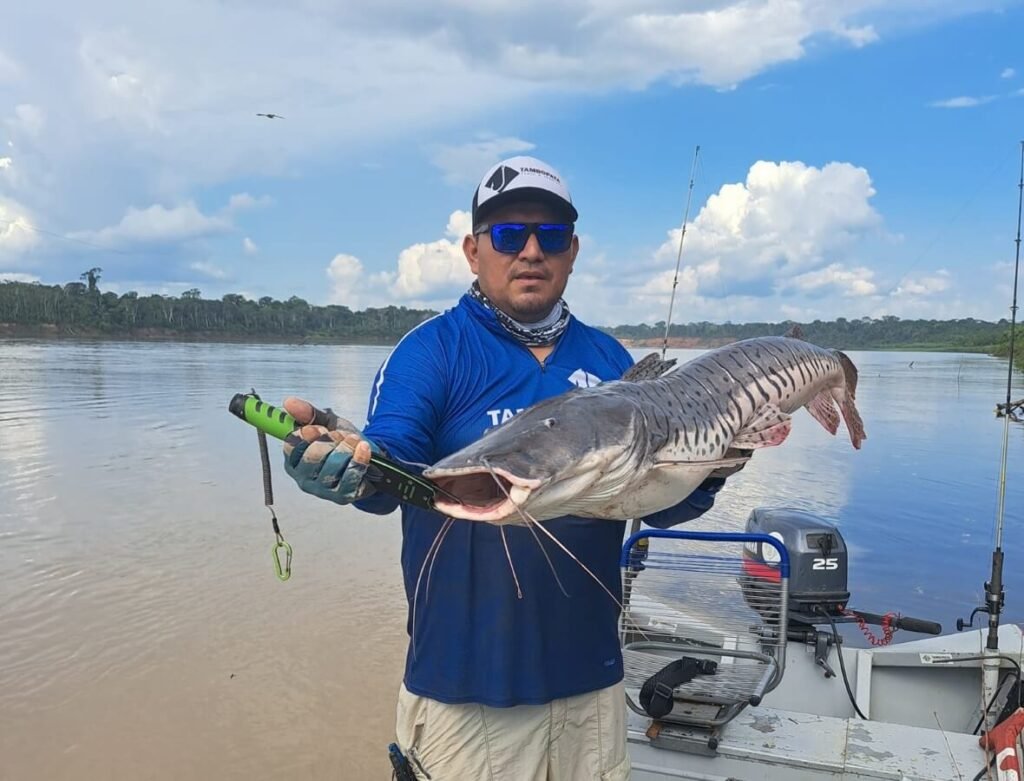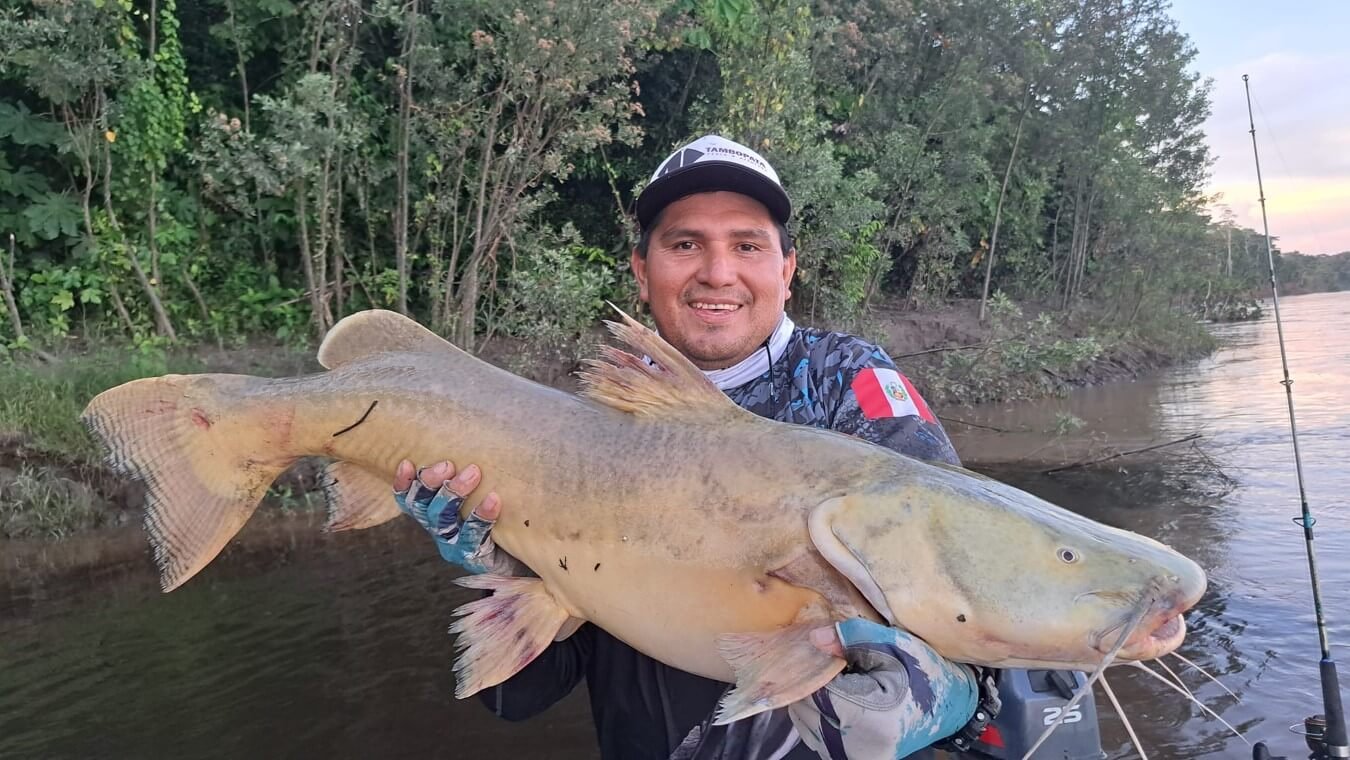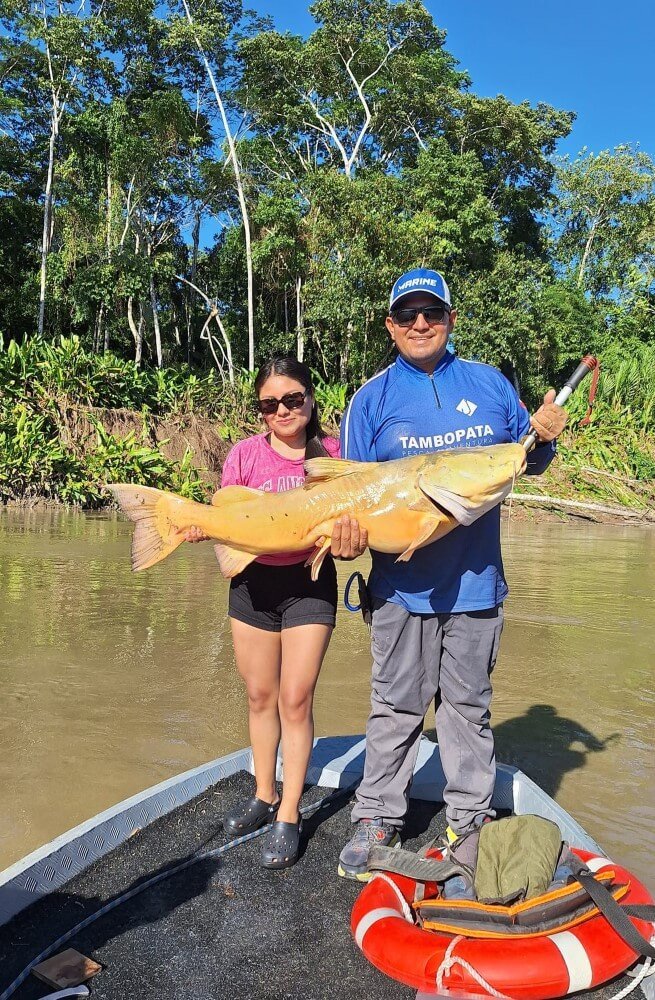The practice of catch and release, also known as «catch and release,» is widely adopted by sport fishers around the world as a way to promote the conservation of aquatic ecosystems and ensure the sustainability of fish stocks. However, despite good intentions, this practice is not without risks to fish. Knowing and mitigating these risks is essential for catch and release to truly fulfill its preservation objective.
Main risks associated with catch and release

1. Post-Release Mortality
- Cause: Even when a fish is released immediately after being caught, it can suffer post-release mortality due to a combination of factors such as improper handling, exhaustion during the fight, and injuries caused by the hook.
- Mitigation: Using barbless hooks, handling the fish as little as possible, and releasing the fish quickly into the water can significantly reduce the risk of mortality.
2. Internal and External Injuries
- Cause: Hooks can cause serious injury to fish, especially if they are swallowed deeply or if barbed hooks are used. These injuries can result in infections or internal damage that compromise the survival of the fish.
- Mitigation: Using barbless or circle hooks that minimize the risk of deep injury can help protect fish.
3. Physiological Stress
- Cause: Catching and subsequent fighting can cause significant physiological stress in fish, leading to an increase in the production of cortisol, the stress hormone. This can weaken the fish’s immune system, making them more susceptible to disease.
- Mitigation: Minimizing fighting time and reducing time out of the water are essential to decreasing stress in fish.
4. Decompression
- Cause: When fish are caught at great depths and brought quickly to the surface, they can suffer from decompression, a condition in which gases in the fish’s tissues and swim bladder expand rapidly, causing internal damage.
- Mitigation: Slowly raising fish to the surface or using techniques to release excess gas from the swim bladder can help reduce this risk.
5. Predation After Release
- Cause: Fish that are released may be temporarily disoriented or weakened, becoming easy prey for predators. This is especially common in areas with a high concentration of natural predators.
- Mitigation: Releasing fish in protected areas, away from predators, and ensuring the fish is fully recovered before release can help reduce the risk of predation.
6. Impact on Behaviour and Reproduction
- Cause: The experience of capture can alter the behaviour of fish, affecting their feeding and reproductive routines. This can have long-term effects on fish populations, especially if catch and release is carried out repeatedly in the same areas.
- Mitigation: Practicing catch and release in moderation and avoiding catching fish during the breeding season are important measures to protect populations.
Good practices to reduce the risks of catch and release
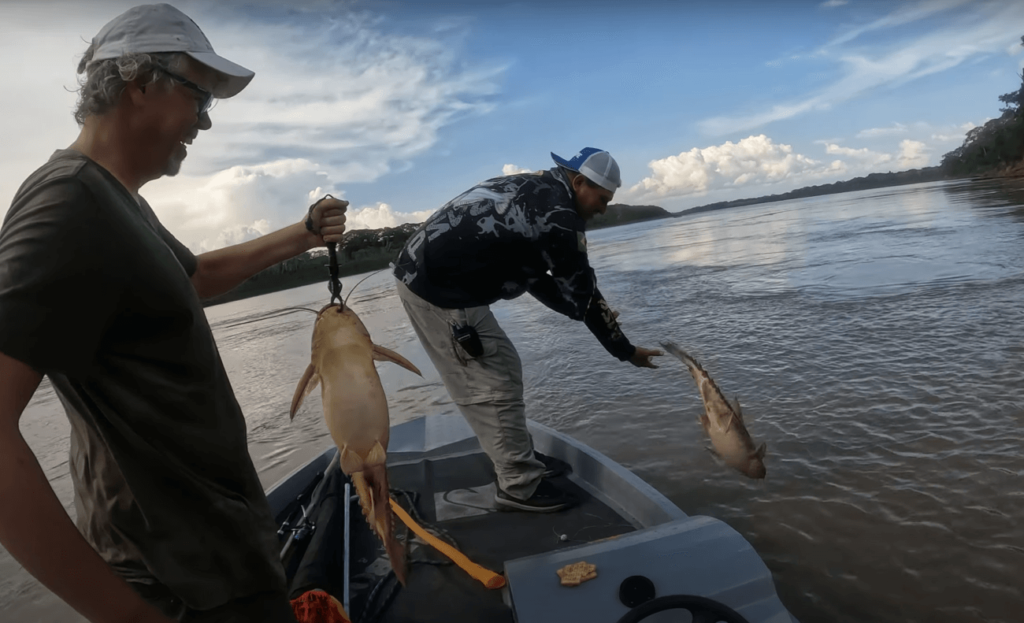
For catch and release to be truly effective in terms of conservation, it is essential that fishers follow good practices, such as:
- Using Appropriate Equipment: Choosing hooks, lines and rods that are appropriate for the target species and that minimize the risk of injury.
- Careful Handling: Avoid touching the fish’s gills and eyes, and keep the fish moist while out of the water.
- Reduce Time Out of Water: Keep the fish out of the water for as short a time as possible to avoid excessive stress.
- Release the Fish Safely: Release the fish gently into the water, preferably in areas with good oxygenation and away from predators.
- Education and Awareness: Anglers must always be up to date on best practices and be aware of the impacts of their actions on the environment.
Catch and release is a practice that, when done consciously and responsibly, can significantly contribute to the conservation of fish species and the preservation of aquatic ecosystems. However, it is crucial to be aware of the risks involved and take steps to minimize them. By following best practices, anglers can ensure that their passion for sport fishing does not compromise the health and sustainability of fish stocks, allowing this activity to continue to be appreciated by future generations.
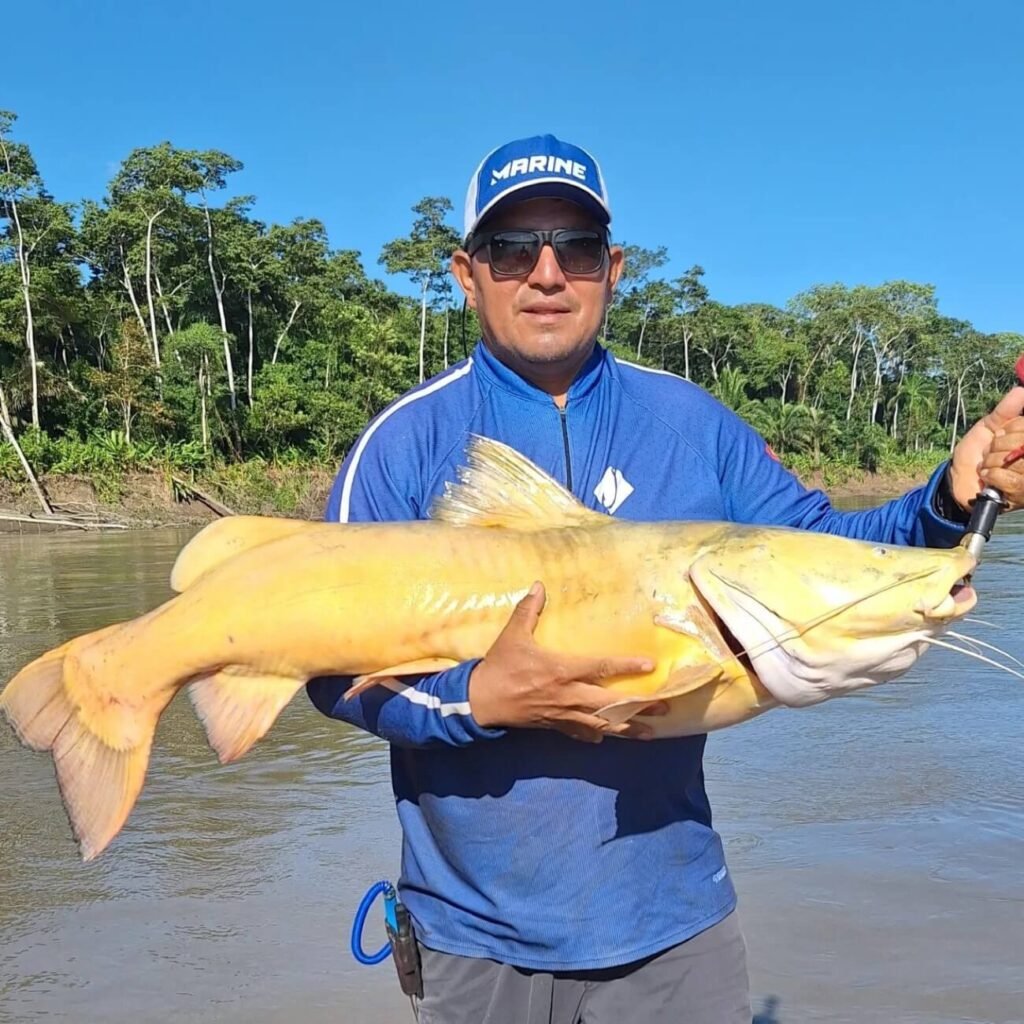
Book today and contact us to schedule your Responsible Sport Fishing Adventure. Learn the best catch and release techniques, minimizing risks to fish. Discover how to enjoy the thrill of the catch while contributing to the conservation of aquatic ecosystems.

